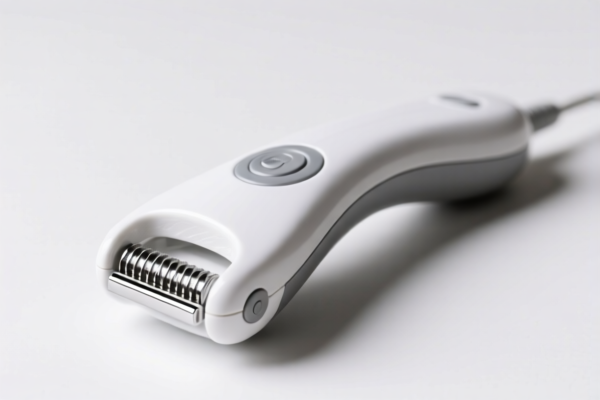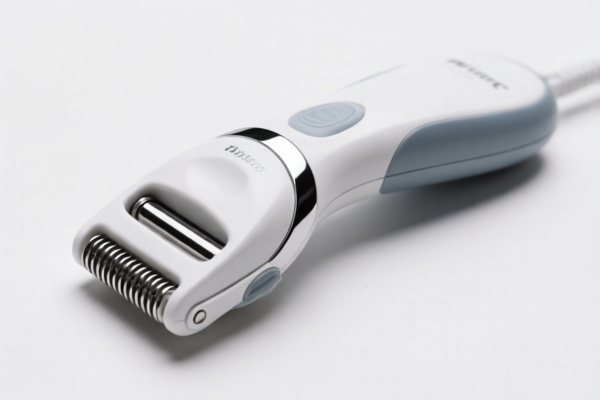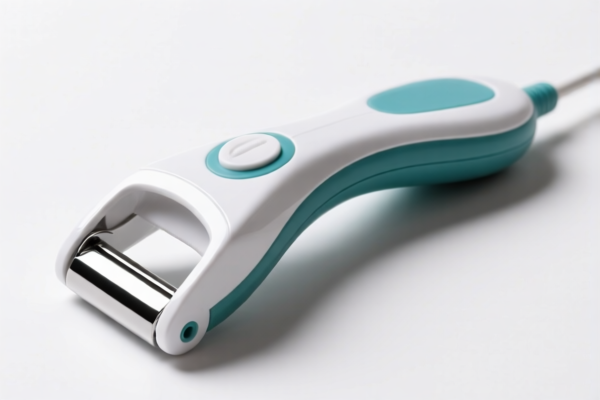| HS Code | Official Doc | Tariff Rate | Origin | Destination | Effective Date |
|---|---|---|---|---|---|
| 8201906000 | Doc | 55.0% | CN | US | 2025-05-12 |
| 8205513060 | Doc | 58.7% | CN | US | 2025-05-12 |
| 8205593080 | Doc | 55.0% | CN | US | 2025-05-12 |
| 8206000000 | Doc | The rate of duty applicable to that article in the set subject t+30.0% | CN | US | 2025-05-12 |
| 7317006530 | Doc | 80.0% | CN | US | 2025-05-12 |
| 7317006560 | Doc | 80.0% | CN | US | 2025-05-12 |




Nail Puller
A nail puller is a tool designed to remove nails from wood or other materials. It functions as a lever, utilizing mechanical advantage to overcome the resistance holding the nail in place.
Material:
- Steel: The most common material, providing strength and durability. Alloy steels are often used for increased hardness and resistance to bending.
- Forged Steel: Higher quality nail pullers are often forged for enhanced strength.
- Handles: Handles are typically made of wood, fiberglass, or plastic, providing a grip and leverage point. Some models feature rubberized grips for comfort and control.
Purpose:
The primary purpose of a nail puller is to efficiently and safely remove nails without damaging the surrounding material as much as possible. This is crucial in demolition, carpentry, and repair work where reusing wood or maintaining its integrity is important.
Function:
Nail pullers work by applying force to the nail head, using the clawed end to grip the nail and then leveraging that grip to draw the nail out. The fulcrum point (where the handle pivots) is key to the tool’s mechanical advantage.
Usage Scenarios:
- Demolition: Removing nails from structures being dismantled.
- Carpentry: Removing nails during repairs, modifications, or when disassembling wooden components.
- Pallet Disassembly: A common task for reclaiming wood from pallets.
- General Repair Work: Removing nails from furniture, fences, and other wooden objects.
Common Types:
- Claw Hammer (with Nail Pulling Claw): The most common type, featuring a curved claw on the back of the hammer head. Suitable for general nail pulling tasks. Often less effective for deeply embedded or stubborn nails.
- Pry Bar/Nail Puller: Longer, heavier tools with a curved claw specifically designed for prying and nail pulling. Offer greater leverage for difficult nails. Often used in demolition.
- Nail Pulling Pliers: Designed specifically for pulling nails, often with serrated jaws for a secure grip. Useful for smaller nails or when precision is needed.
- Cat's Paw Nail Puller: Features a curved, pointed claw for gripping nails, especially useful for nails that are recessed or difficult to reach.
- Rolling Head Nail Puller: Designed to roll along the wood surface, reducing damage to the wood while pulling nails. Particularly useful when reclaiming wood.
The nail puller is a hand tool used for removing nails. Based on the provided information, several HS codes may be relevant.
- 8205513060: This code covers handtools (including glass cutters) not elsewhere specified or included; blow torches and similar self-contained torches; vises, clamps and the like, other than accessories for and parts of machine tools or water-jet cutting machines; anvils; portable forges; hand- or pedal-operated grinding wheels with frameworks; base metal parts thereof: Other handtools (including glass cutters) and parts thereof: Household tools, and parts thereof: Of iron or steel: Other (including parts). This is a broad category encompassing various household tools made of iron or steel, and a nail puller could fall under this classification. The total tax rate is 58.7% (3.7% base tariff + 25% additional tariff, increasing to 30% after April 2, 2025).
- 8205593080: This code covers handtools (including glass cutters) not elsewhere specified or included; blow torches and similar self-contained torches; vises, clamps and the like, other than accessories for and parts of machine tools or water-jet cutting machines; anvils; portable forges; hand- or pedal-operated grinding wheels with frameworks; base metal parts thereof: Other handtools (including glass cutters) and parts thereof: Other: Crowbars, track tools and wedges, and parts thereof Other. A nail puller could be considered a type of track tool or wedge, depending on its design. The total tax rate is 55.0% (0.0% base tariff + 25% additional tariff, increasing to 30% after April 2, 2025).
- 7317006530: This code covers Nails, tacks, drawing pins, corrugated nails, staples (other than those of heading 8305) and similar articles, of iron or steel, whether or not with heads of other material, but excluding such articles with heads of copper: Other: Of one piece construction: Other Cut. If the nail puller is constructed as a single piece, this code may apply. The total tax rate is 80.0% (0.0% base tariff + 25% additional tariff + 25% additional tariff for steel/aluminum products, increasing to 30% after April 2, 2025).
- 7317006560: This code covers Nails, tacks, drawing pins, corrugated nails, staples (other than those of heading 8305) and similar articles, of iron or steel, whether or not with heads of other material, but excluding such articles with heads of copper: Other: Of one piece construction: Other Other. If the nail puller is constructed as a single piece, this code may apply. The total tax rate is 80.0% (0.0% base tariff + 25% additional tariff + 25% additional tariff for steel/aluminum products, increasing to 30% after April 2, 2025).
Regarding HS codes 7317006530 and 7317006560, please note the additional 25% tariff applied to steel/aluminum products.
Customer Reviews
The information is there, but the layout could be more user-friendly. I had to read through a lot of text to find the relevant HS code for my product.
The details on the 8206000000 HS code were very helpful. I was able to determine the correct tariff rate for my nail puller export with ease.
This site is a lifesaver! The 8201906000 HS code with the 55.0% tariff was exactly what I was looking for. The information is well-organized and easy to follow.
The page provided a good overview of the different HS codes for nail pullers. I wish the tariff rates were broken down more clearly, but overall it was very useful.
I found the explanation about the 7317006530 HS code and the additional 25% steel tariff very helpful. It saved me from making a costly mistake with my export shipment.